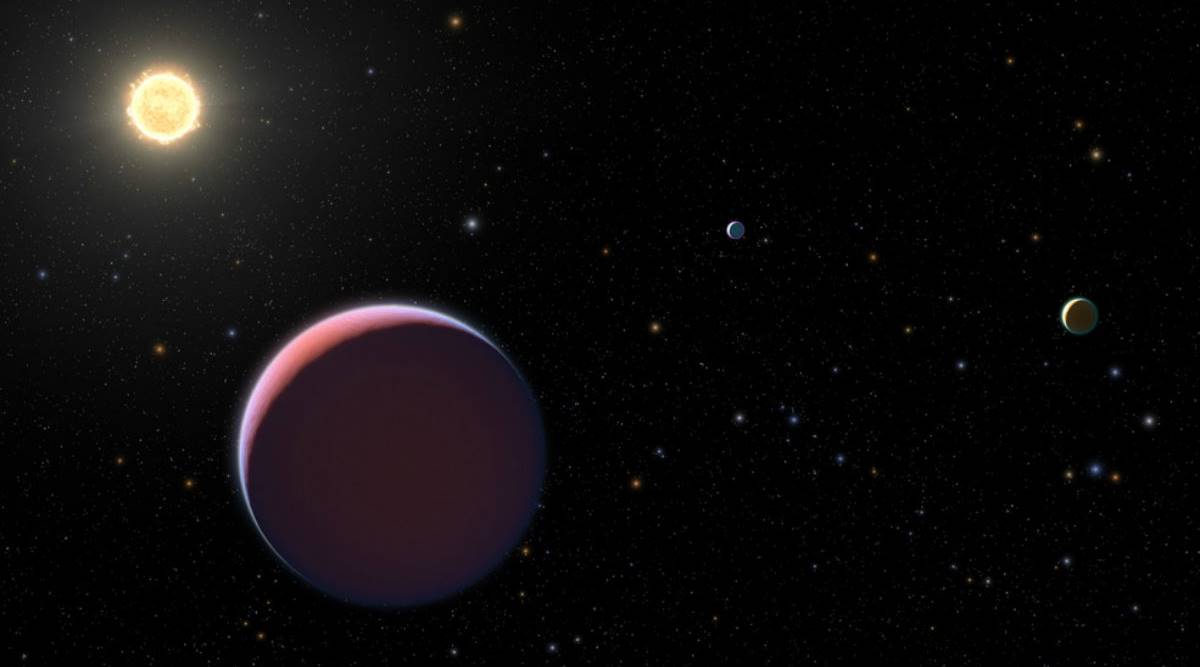 Representational Image of planets (Source: NASA)
Representational Image of planets (Source: NASA)In recent times, there have been multiple planets have been spotted in deep space by using telescopes or data from different missions. There is a possibility that a huge number of planets can be confirmed analysing data from previous missions without wasting too much time. David Armstrong at the University of Warwick, United Kingdom, led a research team that was able to form an algorithm (artificial intelligence) that will efficiently which one is a planet or glitch or an asteroid and so on.
Researchers used NASA’s Transiting Exoplanet Survey Satellite to study the data. To simply it, a dip in the brightness indicates that something is passing by a star. It doesn’t always have to be a planet but it helps narrow down the search. This led to the research team creating a machine learning algorithm that was applied to NASA’s Kepler mission and was able to differentiate planets from other celestial objects. The algorithm was a big breakthrough as the AI was able to confirm as many as 50 planets.
“The algorithm we have developed lets us take 50 candidates across the threshold for planet validation, upgrading them to real planets,” Armstrong said in a Warwick release on August 25.
This will help scientists focus their resources and time on confirmed planets instead of wasting their time trying to identify new ones with a longer method used till now. This will also help them rank planets that can have a similar atmosphere like Earth’s.
“Rather than saying which candidates are more likely to be planets, we can now say what the precise statistical likelihood is. Where there is less than a 1% chance of a candidate being a false positive, it is considered a validated planet,” said Armstrong.
The algorithm is still in its early phase despite the breakthrough. However, it will be further used on the ginormous amount of data collected from projects like TESS and ESA’s planned PLATO mission.
“We still have to spend time training the algorithm, but once that is done it becomes much easier to apply it to future candidates,” Armstrong said. “You can also incorporate new discoveries to progressively improve it.”
Express Tech is now on Telegram. Click here to join our channel (@expresstechie) and stay updated with the latest tech news.